Imagine a living room where every piece of furniture looks as if it was just brought home from the store, even years after the purchase. Maintaining that new, fresh look isn’t just about aesthetics; it’s about extending the lifespan of your furniture and getting the most value out of your investment. This post will guide you through various tips and techniques to keep your furniture in pristine condition. From choosing quality pieces to mastering the art of spot cleaning, you’ll find actionable advice that you can use to keep your furniture looking new for years to come.
Contents
Choose Quality Over Quantity

When it comes to furniture, the adage “you get what you pay for” often holds true. Investing in high-quality pieces may seem like a significant upfront cost, but it pays off in the long run. Quality furniture is built to last, featuring durable materials and superior craftsmanship. This means less wear and tear, fewer repairs, and, ultimately, a longer lifespan for your furniture.
So, how do you identify a quality piece? Start by examining the materials used. Hardwoods like oak and maple are generally more durable than softwoods like pine. Check the craftsmanship as well; look for features like dovetail joints, which are a sign of a well-made piece. These small details can make a big difference in how long your furniture will last and how good it will look over time.
The Art Of Regular Cleaning
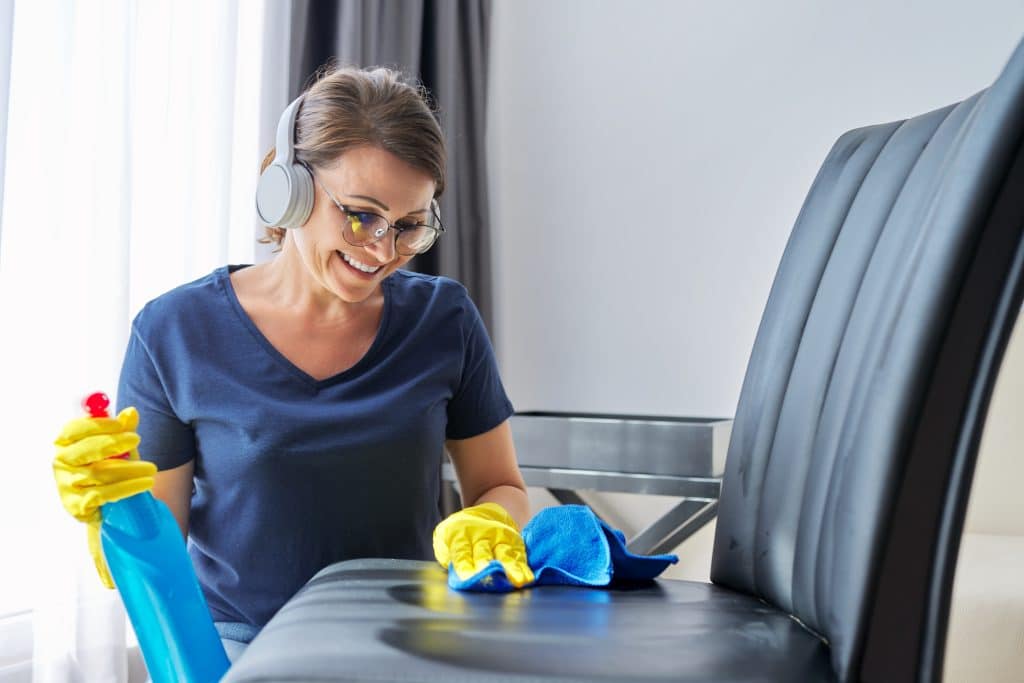
A clean home is a happy home, and the same goes for your furniture. Regular cleaning not only enhances the appearance of your pieces but also extends their lifespan. Dust and dirt can act like sandpaper, wearing down the fibers of your upholstery and the surfaces of your wooden furniture. A simple routine of dusting and vacuuming can go a long way in preserving the original charm of your furniture.
Different materials require different cleaning methods. For wooden furniture, a damp cloth can remove most surface dirt, while specialized wood cleaners can tackle tougher grime. Fabric upholstery often benefits from regular vacuuming and occasional steam cleaning. Leather furniture, on the other hand, requires a gentle touch, often just needing a wipe-down with a damp cloth and a special leather cleaner to keep it looking its best.
Master The Technique Of Spot-Cleaning
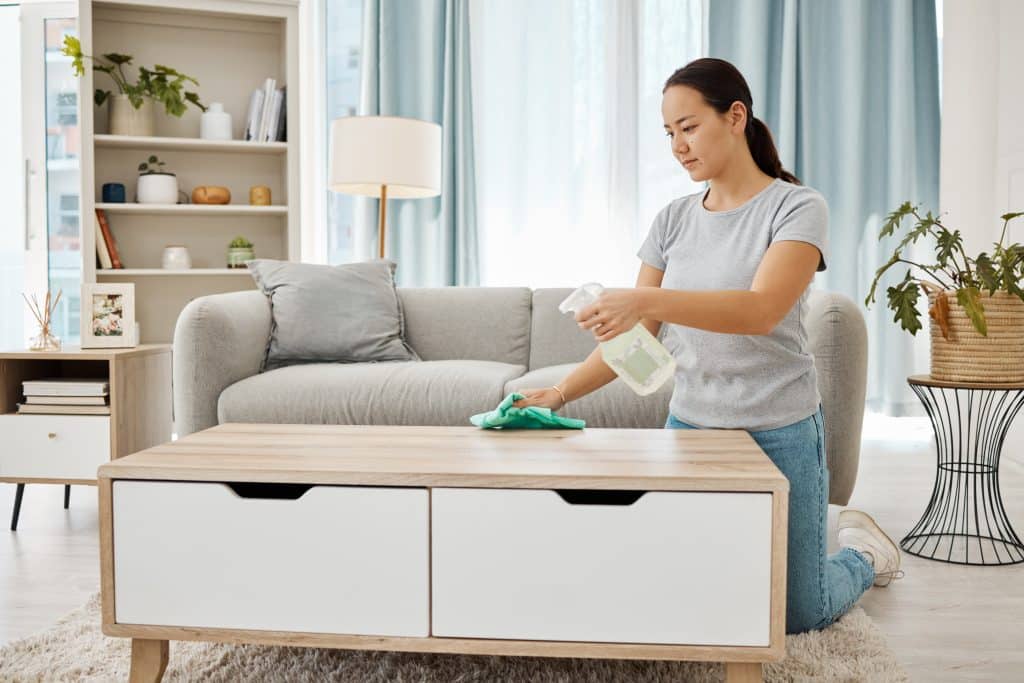
Accidents happen. Whether it’s a coffee spill on your favorite armchair or an ink stain on your sofa, knowing how to spot clean effectively can save the day. Before you tackle the stain, always test a small, inconspicuous area with your chosen cleaning agent to ensure it won’t damage the material. Once you’re sure it’s safe, you can proceed with confidence.
Common household items can often be used for spot cleaning. For example, a mixture of water and mild detergent can remove many types of stains from fabric upholstery. For tougher stains like wine or ink, specialized cleaners may be necessary. Always follow the manufacturer’s guidelines for cleaning to ensure you don’t void any warranties and to get the best results.
Rotate, Flip, And Rearrange
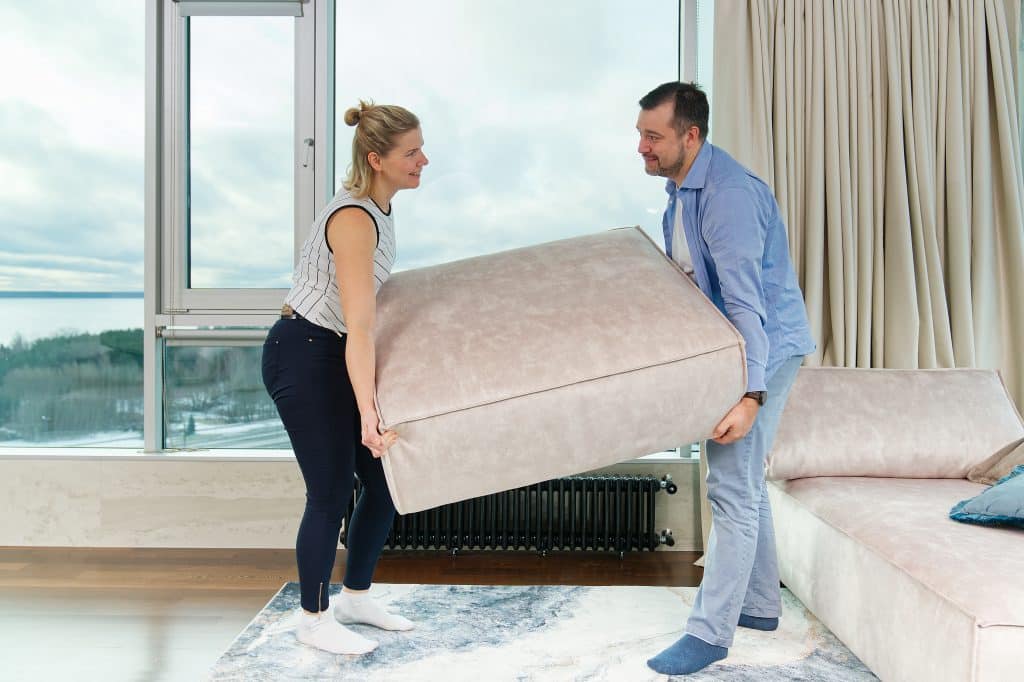
Your furniture experiences wear and tear every day, but you can minimize the impact through regular rotation and flipping. For example, rotating the cushions on your sofa or flipping your mattress can distribute wear evenly, extending the life of these items. This practice not only helps in maintaining the shape but also in preventing any sagging or indentations.
Sunlight can be another culprit when it comes to furniture wear. Prolonged exposure can fade colors and weaken fibers. Consider rearranging your furniture periodically to ensure that the same pieces aren’t always exposed to direct sunlight. This simple act can keep your furniture looking vibrant and new for a longer period.
Protect To Perfection

One of the most straightforward ways to keep your furniture looking new is to use protectors and covers. Slipcovers for sofas and chair pads for dining seats can act as a first line of defense against spills, stains, and wear. These covers are often machine-washable, making it easy to keep them—and, by extension, your furniture—clean. Furniture pads can also be placed under the legs of tables and chairs to prevent scratches on hardwood floors.
Another layer of protection comes in the form of waxes and polishes, particularly for wooden furniture. These products not only enhance the appearance of the wood but also create a protective layer against moisture and dust. Be sure to choose a product that is appropriate for the type of wood you have, and follow the application instructions carefully.
Mind The Environment
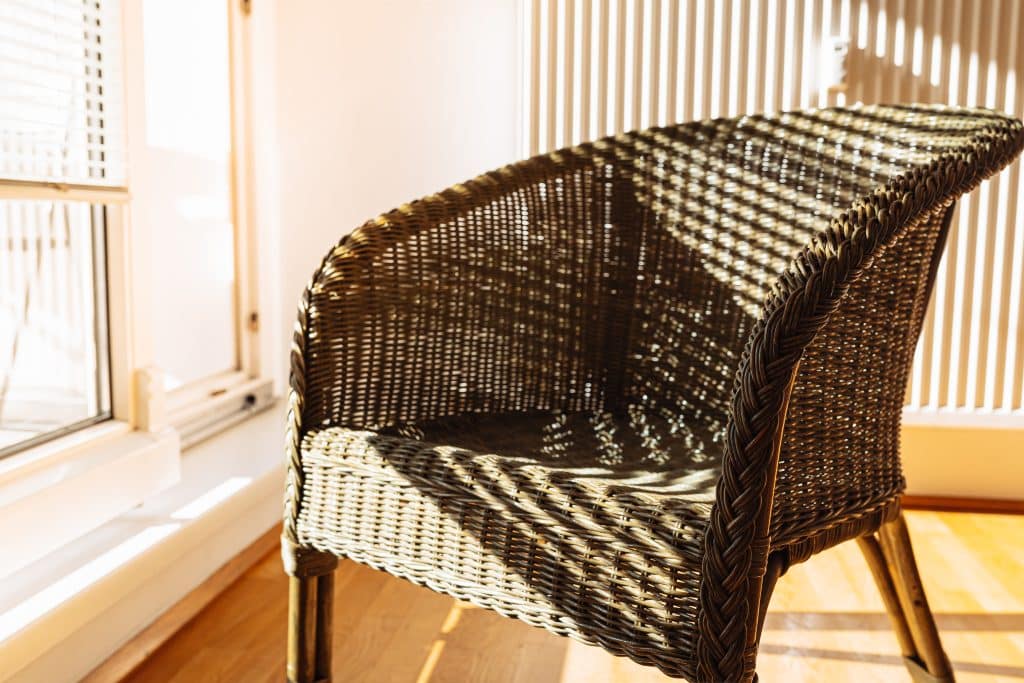
Believe it or not, the environment in which your furniture resides can significantly impact its longevity. Factors like humidity and temperature can affect different materials in various ways. For instance, wood can expand and contract with changes in humidity, leading to warping or cracking over time. Similarly, leather can dry out and crack if the air is too dry.
To maintain an optimal environment, consider using humidifiers or dehumidifiers as needed. Keep your furniture away from heating vents and direct sunlight to prevent drying and fading. Small changes in the placement of your furniture and the use of climate control can make a big difference in how your pieces age.
Pet-Proof Your Furniture

Pets bring joy and companionship, but they can also bring challenges when it comes to maintaining your furniture. From scratching posts disguised as your new sofa to the fur that seems magnetically attracted to your upholstery, pets can be tough on furniture. One solution is to invest in pet-friendly furniture made from materials that are resistant to scratching and easy to clean.
Another strategy is to use scratch guards on the corners of sofas and chairs, which can deter your pets from using them as their personal scratching posts. Providing alternative scratching posts and training your pets to use them can also go a long way in preserving the look of your furniture.
Regular Inspections And Quick Repairs
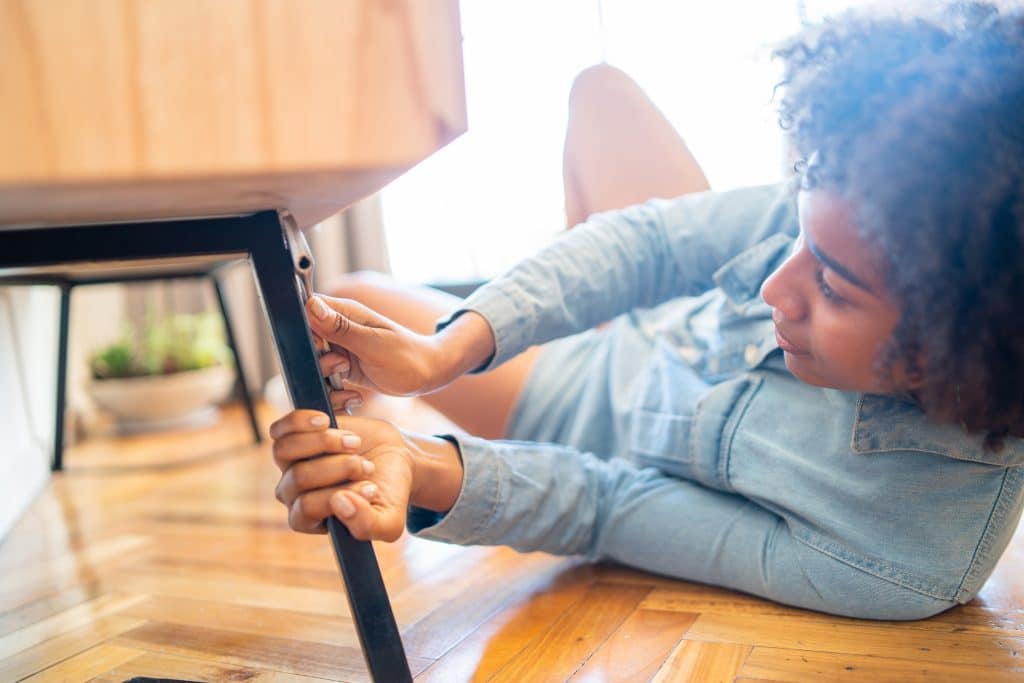
A stitch in time saves nine, and the same principle applies to furniture maintenance. Regular inspections can help you catch minor issues before they become major problems. Look for loose screws, wobbly legs, or any signs of wear and tear that could worsen over time. Addressing these issues promptly can prevent more significant damage and extend the life of your furniture.
When it comes to repairs, don’t procrastinate. Tighten any loose screws and patch up small holes or tears in the upholstery as soon as you notice them. For more significant issues, consult a professional. It’s better to invest in a small repair now than to pay for a replacement later.
Ensure Your Furniture Lasts A Lifetime!
You’ve invested time and money into choosing the perfect furniture for your home. Why not invest a little more effort into keeping it looking its best? From the materials you choose to the cleaning techniques you employ, every little bit counts. So, don’t wait for the first signs of wear and tear to take action. Start implementing these tips today, and your furniture will thank you by standing the test of time!



